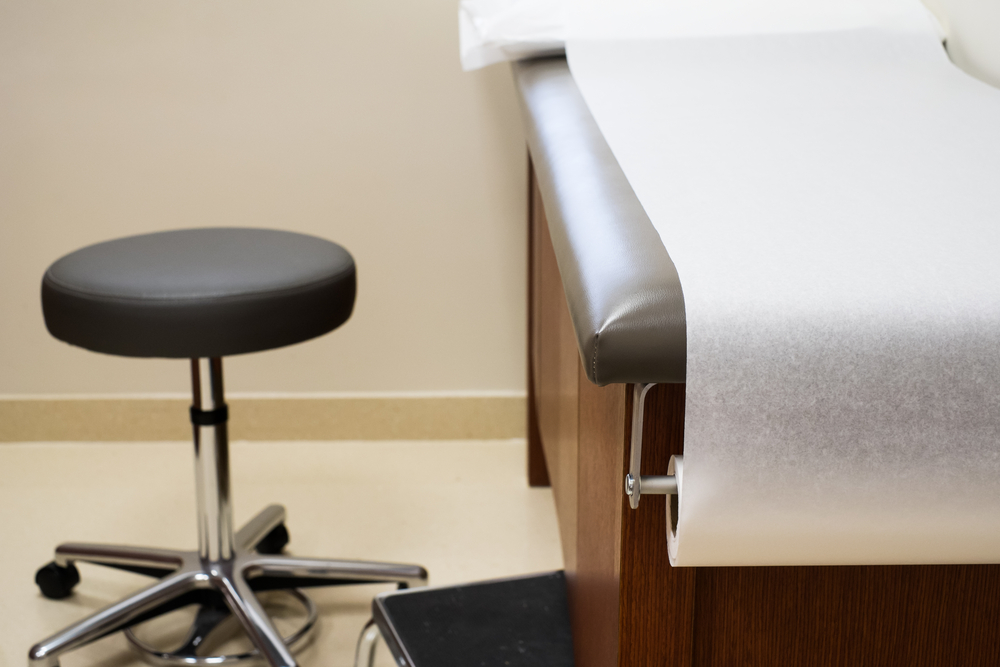In parts of the United States, shelter-in-place orders have lessened, and citizens are gradually resuming what life looked like before COVID-19. The shift sparks differing opinions between people of all specialties on whether it is too soon or critical for long-term health and economic solvency. Since March, the Centers for Medicare & Medicaid (CMS) have temporarily modified essential healthcare policies that have shifted the priority almost exclusively to the coronavirus’s mitigation and treatment. During this time, many practices have faced difficult decisions regarding staffing due to their fee-for-service revenue stream changes. With COVID-19 still posing a threat around the world, it is crucial to fully leverage telehealth, prepare for potential financial impacts with the loss of appointments, and, for ACOs (Accountable Care Organizations), focus on 2021 for substantial value-based care results.
The Telehealth Shift
My colleague, Maha, discussed previously on The Beacon the expansions that CMS allows for telehealth during the public health emergency (PHE). With 80 new allowances and the fact that select preventative telehealth services (G0438, the Initial Annual Wellness Visit, or G0439, the Subsequent Annual Wellness Visit) are billable, patients have another avenue to address their care needs. Continued telehealth services will provide quality healthcare services to patients, especially at-risk patients, from their home in non-emergency situations. Another benefit of telehealth is the conservation of personal protective equipment (PPE) for care providers that were in short supply.
The 1135 waiver under the Coronavirus Aid, Relief, and Economic Security (CARES) Act allows for unprecedented access to care away from the office. The care extends beyond physical health; with almost half of the population experiencing negative mental health repercussions of COVID-19, many rely on virtual visits to speak with their counselors and psychiatrists. The CARES Act allows for certain audio-only virtual appointments, expands telehealth for patients who are not in rural areas, takes patients who are new to a practice, and allows providers to hold select virtual check-ins and follow-ups, among other adaptations to standard appointments. These features offer healthcare facilities the means to receive payment, while both parties maintain a safe physical distance.
With the waivers in place to conduct and receive reimbursement for telehealth services, it has become apparent that the telehealth shift will not be a forgotten thing of the past. CMS outlines that through telemedicine, providers can examine patients’ physical and behavioral health, as well as preventive screenings. There are some limitations to be aware of, including patient discomfort, personal decisions, and licensure restrictions. However, telehealth will likely remain in heavy practice until the COVID-19 public health emergency lifts.
The Impact of Decreased Office Visits Across Providers
Many of the new policies curtail preventative and elective services, having deemed them nonessential when the immediate concern early in the pandemic was overloading the healthcare system. The results are low in-person visit counts and a new reliance on telemedicine. Based on a comprehensive study conducted by The Commonwealth Fund, in a three-month timeframe throughout the nation, outpatient visits declined by 60% in early April, with a slight uptick around the May 16th mark. While the numbers from May 16th to the present are still in flux, the second wave of COVID-19 that many health professionals are projecting may impact the progress of reinstating regular office visits. The impact of lost office visits, the Commonwealth Fund says, indicates that “[a]dditional funding will almost certainly be needed to allow outpatient practices to remain intact and functioning; to halt further staff layoffs; to expand telemedicine capacity; and to invest in the kind of modifications, like personal protective equipment, that can allow practices to offer in-person services and procedures safely.” The downsizing of staff and the loss of healthcare access could devastate underserved communities.
The purpose of expanding telehealth further is to ensure care access to patients managing chronic conditions or those at high-risk for experiencing acute events like a heart attack or stroke. While it cannot offer what an in-person visit would for every need, COVID-19 is still affecting every region of the United States, and telehealth can provide an avenue for vital care delivery and means of revenue maintenance.
2021 Offers ACOs Strong Opportunities
CMS has taken the impact of COVID-19 and modified procedures temporarily to ease the strain of providers in value-based care payment models. Most recently, at the beginning of June, they unveiled the extension of the Next Generation ACO Model. Dr. Locklear, our Chief Medical Officer, shared the primary takeaways. Among them, the upside potential for the 2020 performance year will be capped at 5% maximum of their gross savings, COVID-19 episode of care expenditures will be removed from 2020 calculations, and the first performance year of Direct Contracting will be delayed. The second round of applications will open in 2021 with a January 2022 start. These changes indicate that CMS and value-based care organizations alike are looking towards the next year. The establishment and refinement of telehealth workflows now and gaining patient acceptance are sure to bear fruit in 2021 and beyond.

James Juelg is a Senior Implementation Manager at Lightbeam.
